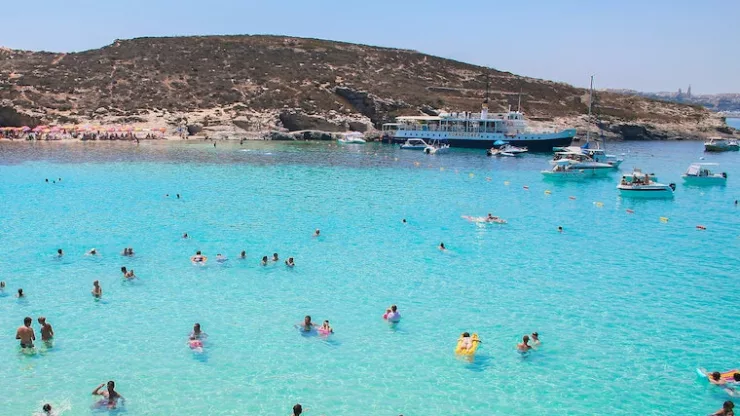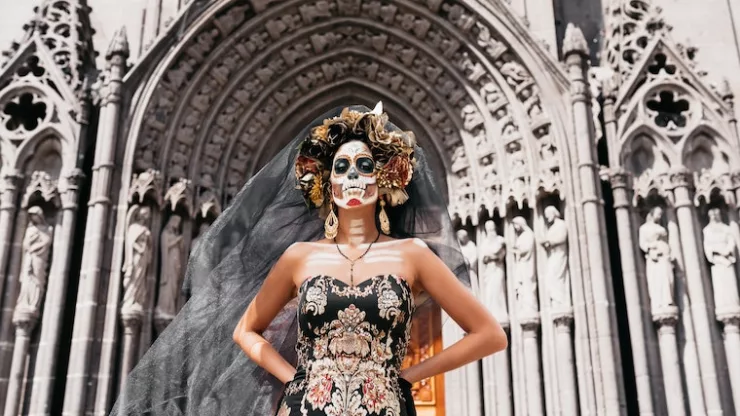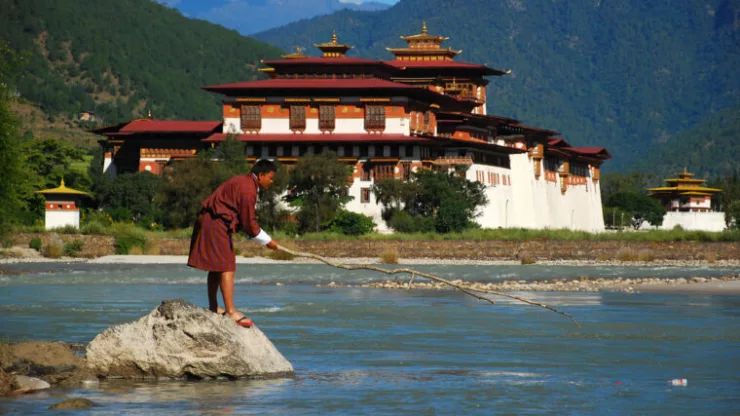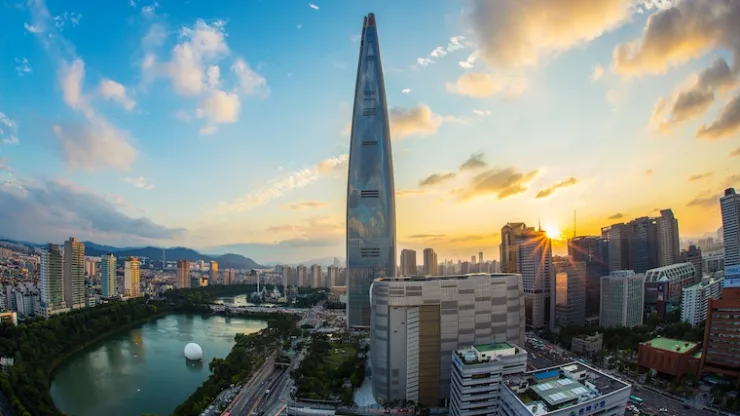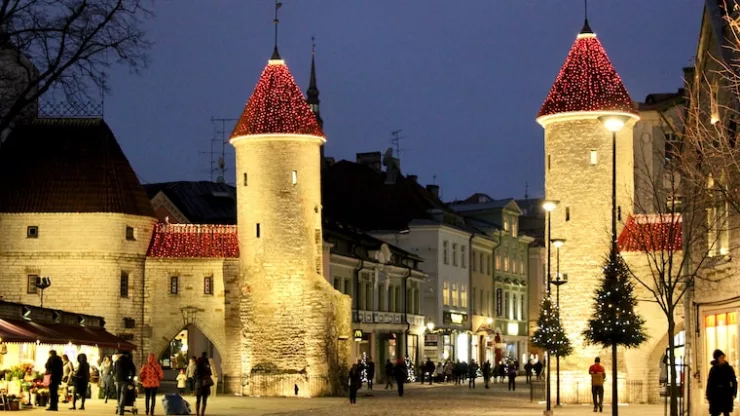Quick Facts:
- Capital: Valletta
- Population: 532,000
- Official Language: Maltese, English
- Currency: Euro
- Government: Parliamentary Republic
We will delve into 17 fascinating facts about Malta, a beautiful island nation in the Mediterranean Sea.
From its rich history to its unique language, there is a lot to discover about this enchanting destination.
Facts About Malta
- Ħal Saflieni Hypogeum: A UNESCO World Heritage site, the Ħal Saflieni Hypogeum is an ancient underground burial complex dating back to around 4000-2500 BC. This incredible structure is a testament to the ingenuity and craftsmanship of the prehistoric Maltese.
- Mdina: Also known as the “Silent City,” Mdina is a fortified city that served as Malta’s capital from antiquity to the medieval period. With its narrow streets, beautiful architecture, and rich history, Mdina is a must-visit destination for anyone exploring Malta.
- The Knights of St. John: Malta’s history is closely tied to the Knights of St. John, a medieval Catholic military order. The Knights played a crucial role in shaping Malta’s identity, and their influence can still be seen in the country’s art, architecture, and culture today.
- The Great Siege of Malta: In 1565, the Ottoman Empire attempted to invade Malta. The Knights of St. John, along with around 6,000 Maltese, successfully defended the islands in a hard-fought battle that has become a symbol of Maltese resilience.
- St. John’s Co-Cathedral: A masterpiece of Baroque architecture, St. John’s Co-Cathedral was built between 1573 and 1578 for the Knights of St. John. The cathedral houses several works by the famous artist Caravaggio, including “The Beheading of Saint John the Baptist.”
- Maltese language: Maltese is the only Semitic language written in the Latin alphabet and is the official language of Malta, alongside English. It is a unique blend of Arabic, Italian, French, and English influences.
- Malta’s Carnival: Held annually in February, Malta’s Carnival is a colorful and lively celebration featuring music, dance, and elaborate costumes. It dates back to the early 16th century and is a time for Maltese locals and visitors alike to let loose and enjoy themselves.
- Azure Window: The Azure Window was a famous limestone natural arch on the island of Gozo. It was an iconic Maltese landmark until it collapsed in 2017 due to natural erosion. Despite its collapse, the site remains a popular diving spot and a symbol of Malta’s natural beauty.
- Maltese Cuisine: Malta boasts a diverse and flavorful cuisine that reflects its multicultural history. Traditional dishes include rabbit stew, pastizzi (savoury pastries filled with ricotta or peas), and ħobż biż-żejt (Maltese bread with tomato paste, olive oil, and various toppings).
- Blue Grotto: A series of caves on the southeastern coast of Malta, the Blue Grotto is known for its stunning azure waters and impressive limestone formations. Visitors can explore the caves by boat and marvel at the incredible natural beauty of this popular attraction.
- The Maltese Falcon: Although not directly related to Malta, the 1941 film “The Maltese Falcon” starring Humphrey Bogart is one of the most famous classic film noir movies. The film’s title references a valuable statuette that plays a central role in the plot.
- Megalithic Temples of Malta: Malta is home to some of the oldest free-standing structures in the world, with the Megalithic Temples dating back to 3600-700 BC. These impressive prehistoric temples, including Ġgantija, Ħaġar Qim, and Mnajdra, are UNESCO World Heritage sites.
- Malta in World War II: Malta played a significant role in World War II as a British colony and strategic base. The island endured heavy bombing during the conflict and was awarded the George Cross by King George VI for its courage and determination.
- Festa Season: Malta’s Festa Season is a series of vibrant religious celebrations held throughout the summer months. Each village hosts its own festa in honor of its patron saint, with festivities including processions, fireworks, and lively street parties.
- The Maltese Cross: The Maltese Cross is an iconic symbol associated with the Knights of St. John and is often used as a symbol of Malta itself. It represents the eight obligations of the knights, which included mercy, sincerity, and endurance.
- Filming Location: Malta has been a popular filming location for numerous movies and television series, including “Gladiator,” “Troy,” “Game of Thrones,” and “Popeye.” Its diverse landscapes and historic architecture make it an ideal backdrop for various productions.
- Comino and the Blue Lagoon: Comino is a small island between Malta and Gozo, known for its crystal-clear waters and stunning Blue Lagoon. This idyllic spot is perfect for swimming, snorkeling, and enjoying the natural beauty of the Maltese islands.
Conclusion
Malta is a captivating destination that offers a unique blend of history, culture, and natural beauty.
From the ancient Ħal Saflieni Hypogeum to the azure waters of the Blue Grotto and the lively festivities of the Festa Season, there is truly something for everyone to enjoy in this enchanting Mediterranean archipelago.
Frequently Asked Questions
What is Malta famous for?
Malta is famous for its rich history, unique language, stunning landscapes, and beautiful architectural sites like the ancient city of Mdina, St.
John’s Co-Cathedral, and the Megalithic Temples.
The country is also known for its strategic role in World War II and as a popular filming location for movies and television series.
Where is Malta located?
Malta is an archipelago located in the Mediterranean Sea, about 93 km (58 miles) south of Sicily (Italy) and 288 km (179 miles) east of Tunisia (Africa). It is part of the European Union and lies at the crossroads of Europe and Africa.
What is the climate like in Malta?
Malta has a Mediterranean climate, characterized by hot, dry summers and mild, wet winters.
The country enjoys an average of 300 days of sunshine per year, making it an ideal destination for outdoor activities and beach vacations.
What is the best time to visit Malta?
The best time to visit Malta is during the spring (April to June) and autumn (September to November) months when the weather is warm and comfortable, and the tourist crowds are smaller.
Summer months (July and August) can be very hot, while the winter months (December to February) are cooler and wetter.
Do I need a visa to visit Malta?
Malta is part of the Schengen Area, which means that travelers from Schengen countries can visit Malta without a visa for short stays (up to 90 days). Citizens of non-Schengen countries may require a visa, depending on their nationality.
It is always best to check with your country’s embassy or consulate for the most up-to-date information on visa requirements.
What currency is used in Malta?
The currency used in Malta is the Euro (€). Most businesses accept credit and debit cards, but it is always a good idea to carry some cash, particularly when visiting smaller establishments or rural areas.
Is English widely spoken in Malta?
Yes, English is widely spoken in Malta and is one of the country’s two official languages, alongside Maltese.
Many Maltese people are bilingual, and English is taught in schools, making it easy for visitors to communicate during their stay.
Are there any safety concerns for travelers in Malta?
Malta is generally a very safe destination for travelers, with low crime rates and a welcoming atmosphere.
However, as with any destination, it is always important to take common-sense precautions and be aware of your surroundings, particularly in crowded or touristy areas.
What notable celebrities are from Malta?
Malta has produced several notable personalities in various fields, including politics, sports, and the arts. Some well-known Maltese figures include:
- Joseph Muscat: A prominent Maltese politician, Joseph Muscat served as Prime Minister of Malta from 2013 to 2020. He played a key role in implementing progressive reforms, such as legalizing same-sex marriage and introducing universal free childcare.
- Michael Mifsud: A professional footballer, Michael Mifsud is Malta’s all-time top scorer and one of the country’s most successful athletes. He has played for various clubs in Europe and represented Malta in international competitions.
- Ira Losco: A talented singer and songwriter, Ira Losco is one of Malta’s most famous contemporary musicians. She has represented Malta in the Eurovision Song Contest twice, finishing second in 2002 and 12th in 2016.
- Dun Karm Psaila: Known as the “Bard of Malta,” Dun Karm Psaila was a poet and writer who played a crucial role in the development of Maltese literature. He is best known for penning the lyrics to “L-Innu Malti,” Malta’s national anthem.

I am a fun fact enthusiast and creator of Facts On Tap.
I love to share my knowledge and curiosity with readers and inspire them to learn something new every day.
When I’m not writing, I enjoy traveling, reading, and playing trivia games with my friends.
